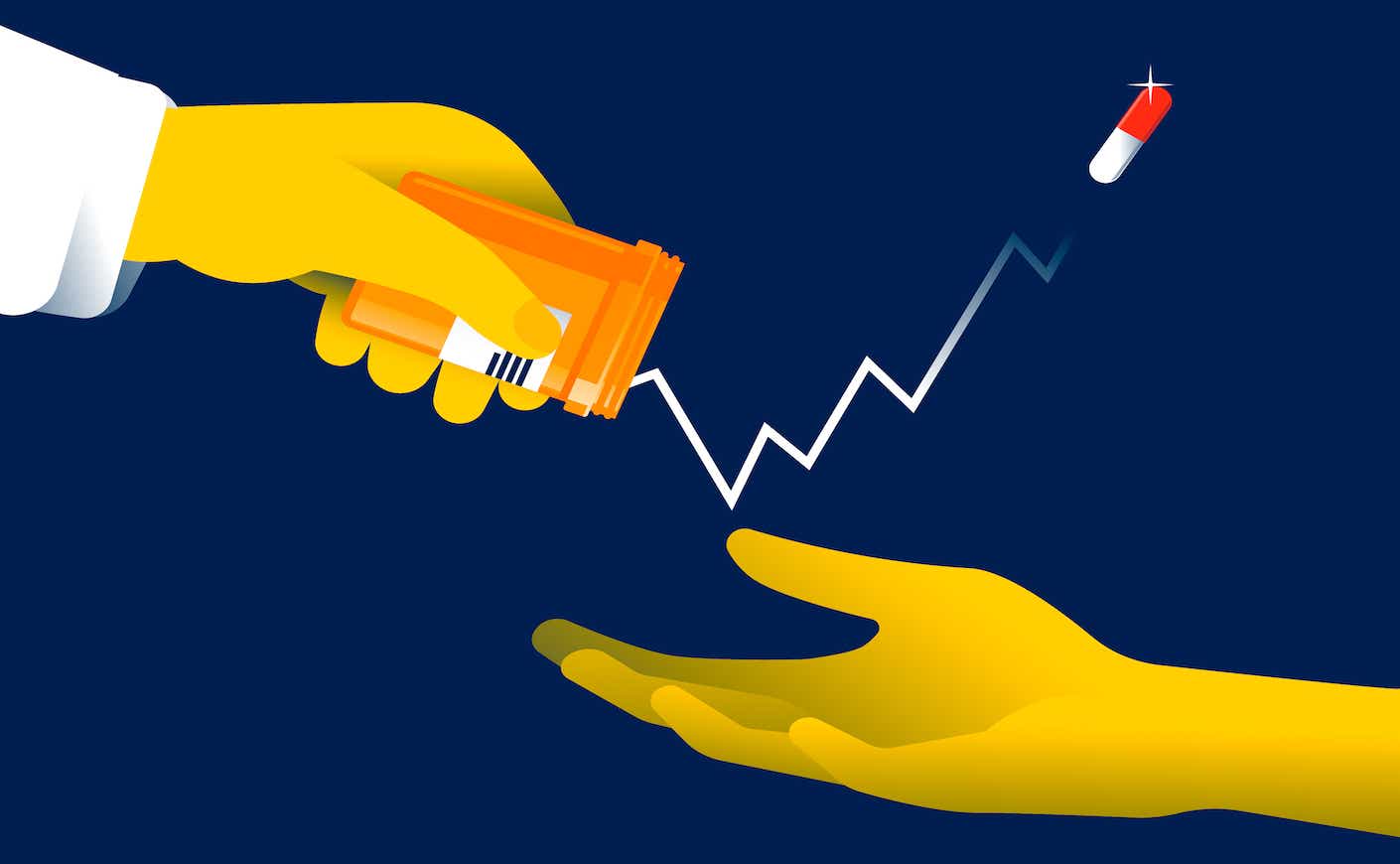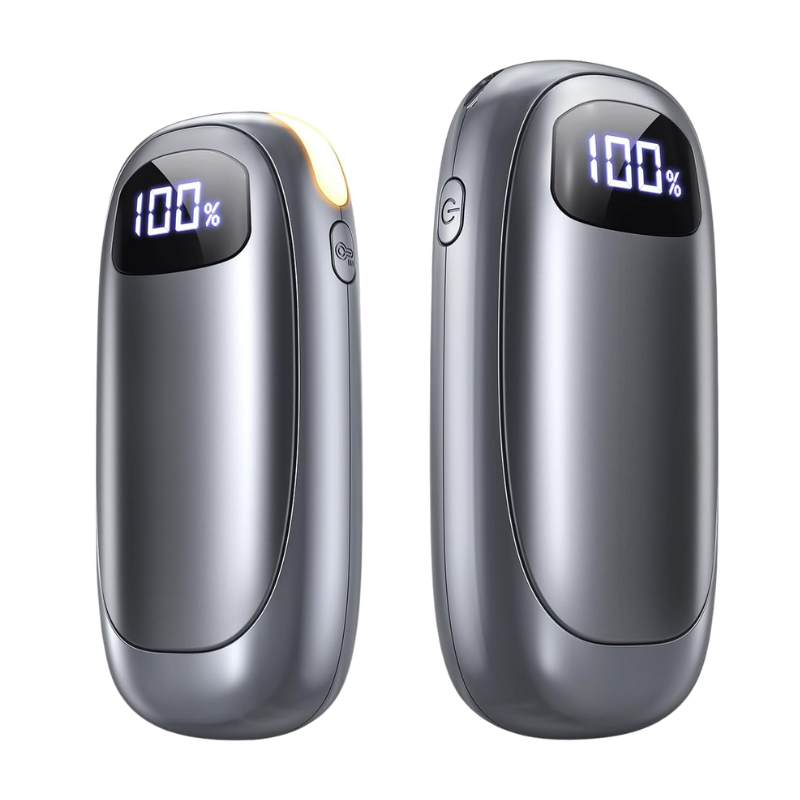For my most vulnerable patients, a single dollar can mean the difference between taking life-saving medication or going without, between managing a chronic illness or suffering preventable complications, between health stability and a medical emergency. This human struggle exposes how deeply inflation cuts into the health and survival of millions of Americans.
While some patients can absorb price increases without significant lifestyle changes, many live paycheck to paycheck, just one crisis away from being unable to pay rent. For these vulnerable patients, inflation forces impossible choices that directly jeopardize their health and well-being.
Consider my 75-year-old diabetic patient living on a fixed Medicare income of $900 a month. With food prices climbing steadily, she can no longer afford the diabetes-friendly foods her condition requires. The nutritionally dense foods that help manage her blood sugar (fresh vegetables, lean proteins, whole grains) have become increasingly out of reach. She lacks the resources to drive to multiple stores, hunting for deals, as gas prices consume what little discretionary income she has. The consequence? Poorly controlled diabetes leads to preventable complications like blindness, kidney failure, and amputations.
Then there’s another patient, a single mother working both full-time and part-time jobs to support her family. When her child falls ill, she faces an impossible decision: miss work and lose crucial income or send a sick child to school. Missing a single day of work could determine whether she can pay the light bill this month. She worries about keeping a roof over their heads and the lights on while still providing essential medical care, as costs continue to rise, and making ends meet is challenging.
My college-aged patients suffer, too. Many skip meals regularly as they balance tuition, books, and housing costs that have outpaced scholarships and wages. Some choose to go hungry so that they can afford their rent. The resulting malnutrition affects their academic performance and long-term physical and mental health. Inflation only worsens this, as students stuck with fixed budgets watch prices rise around them. When your money doesn’t stretch any further but costs keep climbing, even typical expenses become nearly impossible to manage.
I’ve witnessed these struggles firsthand throughout my decade-plus career as a board-certified family medicine physician in Reno, Nevada. The “Biggest Little City in the World” presents a unique healthcare landscape, with my practice serving a blend of urban and rural patients who face considerable challenges. Many areas are food deserts with limited public transportation and minimal state programs to help vulnerable residents.
Much of my patient care occurs in urgent care settings and with the sexual assault response team in our local community. While I often treat a variety of illnesses and injuries, many patients rely on me for comprehensive healthcare needs, including prenatal care, cardiac care, and chronic disease management. The urgent care setting has become a primary care solution for many who lack the time, knowledge, or resources to shop around for a dedicated physician. Urgent care centers allow them access to healthcare on the same day for an affordable price.
For my patients, even an extra dollar determines whether they can afford blood pressure medication, put gas in the car to make medical appointments, or pay for their child’s asthma inhaler. I constantly worry about their worsening financial situations, fearing some will soon struggle to afford bread or medications.
The looming threat of pharmaceutical tariffs only compounds these concerns. The U.S. heavily relies on imported pharmaceutical materials and products. As President Trump prepares to announce a decision on pharmaceutical tariffs within the next two weeks, likely invoking emergency economic powers similar to his April “reciprocal” tariffs, these concerns intensify. The administration’s national security investigation into pharmaceutical imports signals a potential shift that could undermine the long-standing World Trade Organization agreement ensuring no tariffs on drugs among wealthy countries. New tariffs would make these essentials more expensive, creating costs that companies would likely pass directly to consumers. This means higher prices for both generic and brand-name medications, potentially worsening drug shortages, and creating additional barriers to care for patients already stretching every dollar.
I think of my pregnant patient who counts spare change to afford prenatal visit copays. Each appointment forces her to choose between essential care for her baby or saving for unpaid maternity leave. She weighs every financial decision: prenatal vitamins versus fresh produce, all while trying to set aside anything for when her income stops during recovery from childbirth. This mother-to-be makes impossible choices that impact two lives.
Against this backdrop of genuine suffering, the new administration recently suggested that inflation caused by his tariffs simply means “Maybe the children will have two dolls instead of 30 dolls,” adding, “Maybe the two dolls will cost a couple of bucks more than they would normally.” Such dismissive commentary shows how disconnected many leaders are from reality. They can’t comprehend how a change of 50 cents to 1 dollar can devastate a family’s budget because, to them, a dollar has no value — not even as pocket change. Yet, for my patients, that same dollar can be the difference between their health and a housing crisis.
The health consequences of these economic pressures are severe and measurable. According to the National Institute of Mental Health, 1 in 5 Americans has a mental illness. Mental Health America reports that anxiety disorders are the highest reported mental health issue in the U.S., with 42.5 million Americans affected. Financial strain intensifies these struggles, as patients report increased anxiety, depression, and stress directly tied to their economic circumstances. Mental health crises, exacerbated by financial stress, overwhelm our already strained healthcare system.
I think of the mother who came in with a feverish child, unable to purchase over-the-counter Tylenol. “Money is really tight,” she tells me. “Do you have any Tylenol that you can prescribe? Maybe my insurance might cover it.” This mother can’t even afford basic fever medication. These are the real choices families make every day.
This represents a public health crisis with profound societal costs. Every preventable emergency room visit, every hospitalization for an uncontrolled chronic condition, and every mental health crisis born of economic desperation adds to our collective healthcare burden.
The changes happening to our healthcare system are devastating, and I fear how they will impact my patients in the coming months. When we trivialize inflation as simply buying fewer toys, we dismiss the genuine suffering of millions of Americans making impossible choices daily. As a physician, I urge policymakers to recognize that addressing inflation requires immediate, compassionate action for health equity.
For my patients, it’s not about having less. It’s about having nothing at all.













